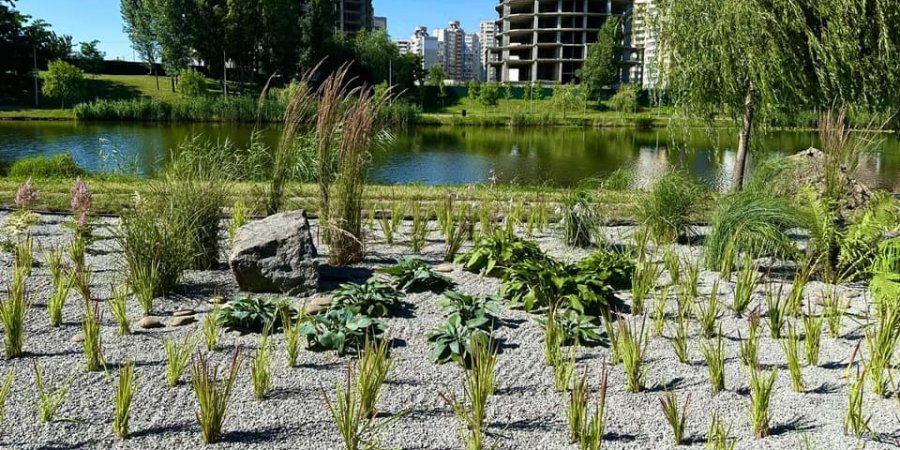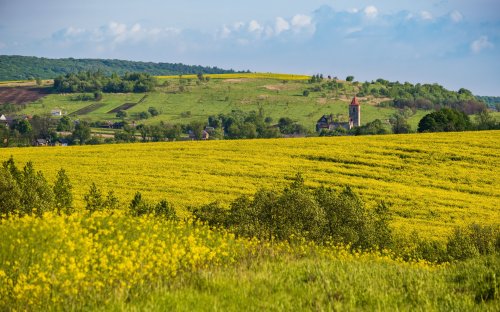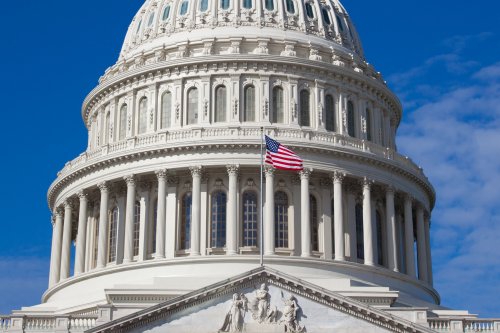Every summer, Kyiv sets new temperature records. In response to climate change, utilities and NGOs are launching environmental initiatives to help adapt urban space to new realities.
EcoPolitic has collected 5 examples of such innovations that have already been implemented in the capital.
1. Rain gardens: water returns to the ecosystem
In 2024, the first rain gardens began to appear in Kyiv – special buried flower beds with a drainage system that collect rainwater and thus reduce the load on the sewer system. They are set up in areas prone to flooding. The water here does not just disappear into the pipes, but returns to the ecosystem.
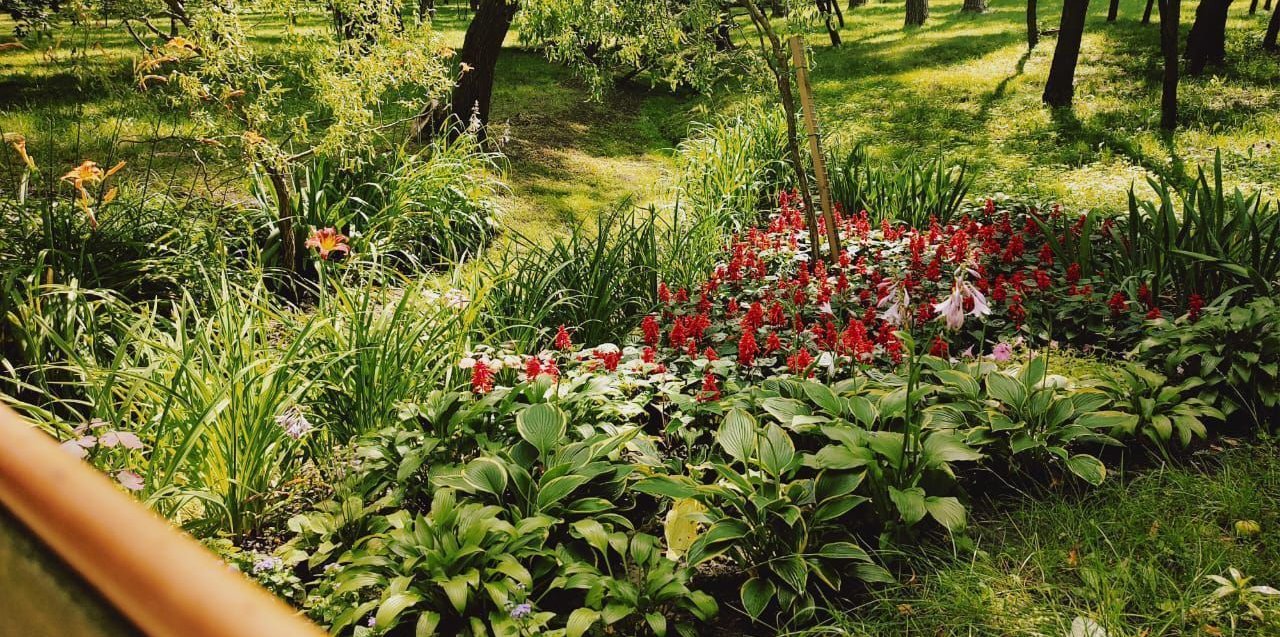
Photo: kyivcity.gov.ua.
Last fall, 9 such gardens were set up in different districts of the capital. They combine geoplastics, natural stone, and perennials, shrubs, and trees resistant to excessive moisture. This solution is not only aesthetic, but also practical, especially in conditions of abnormal precipitation and temperature changes.
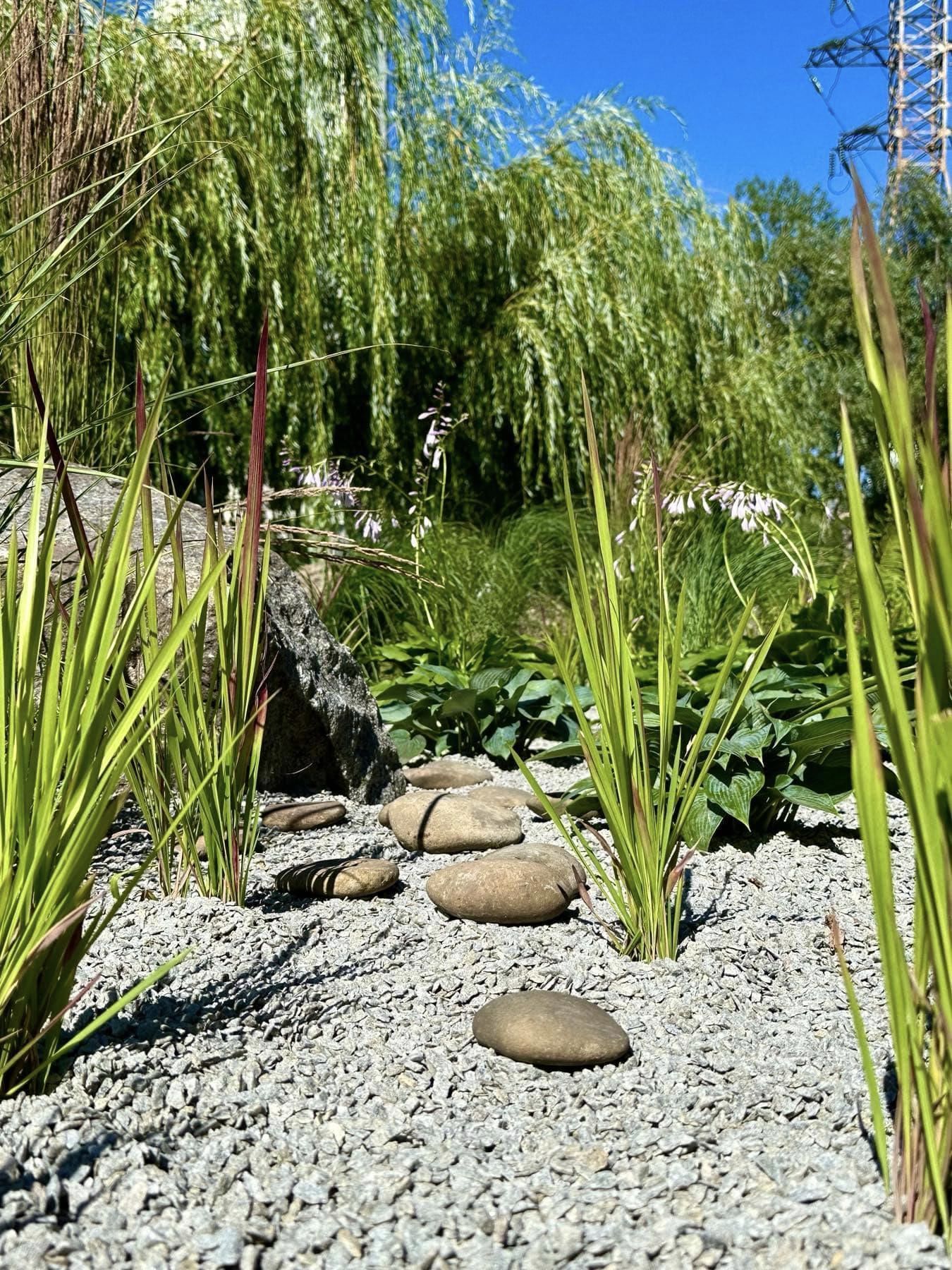
Photo: kyivcity.gov.ua.
2. Parklets: public space instead of cars
Parklets are outdoor furniture with landscaping elements that create comfortable places to relax in the open air. Last year, 15 such structures were installed in Kyiv, in particular near the Taras Shevchenko and Polytechnic Institute metro stations, in Troyeschyna, Pozniaky, Darnytska Square, and other locations.
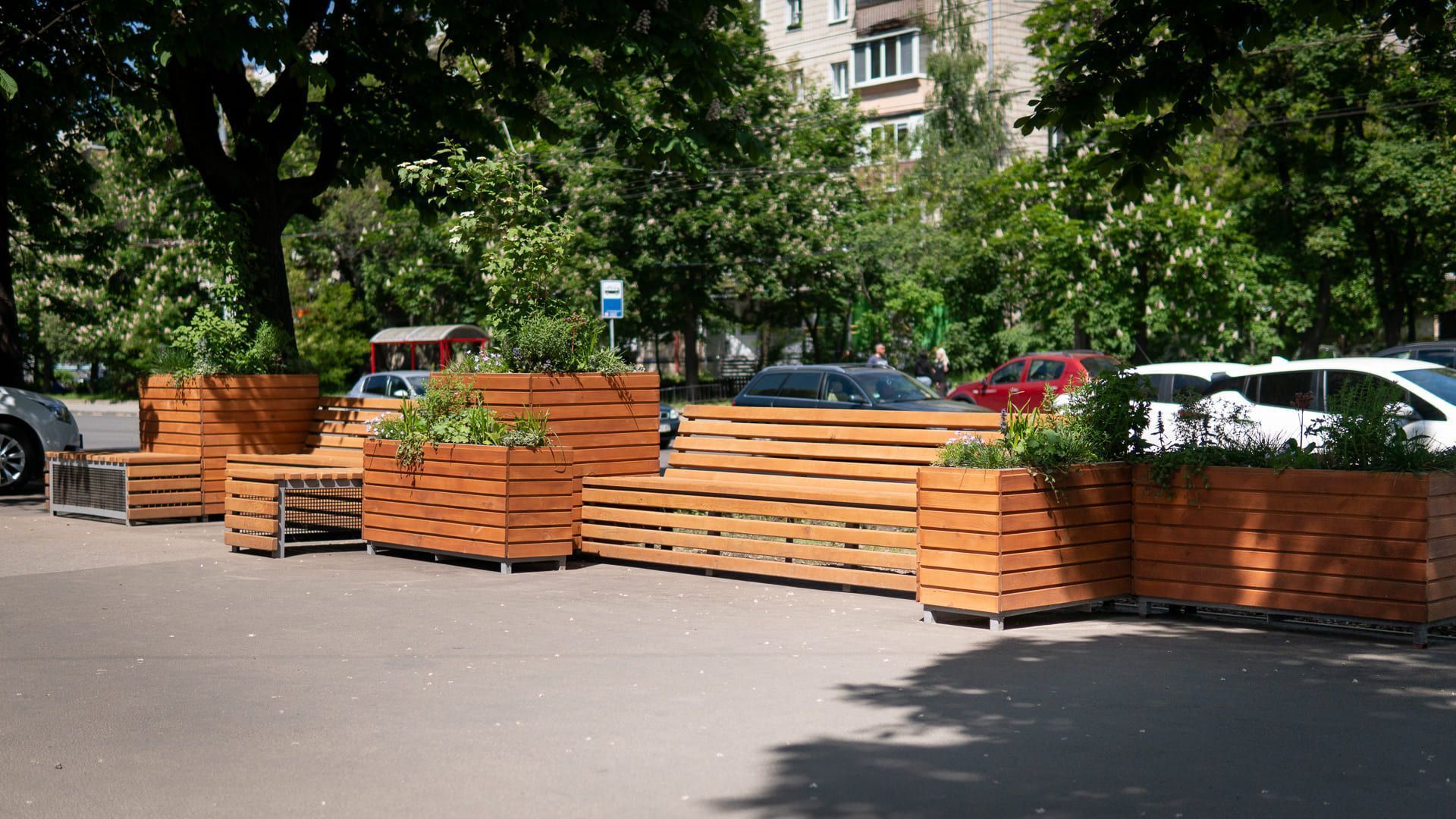
Photo: kyivcity.gov.ua
Parklets not only increase the comfort of citizens, but also limit chaotic parking, promote biodiversity, and improve the microclimate. The city administration has already announced a further increase in their number.
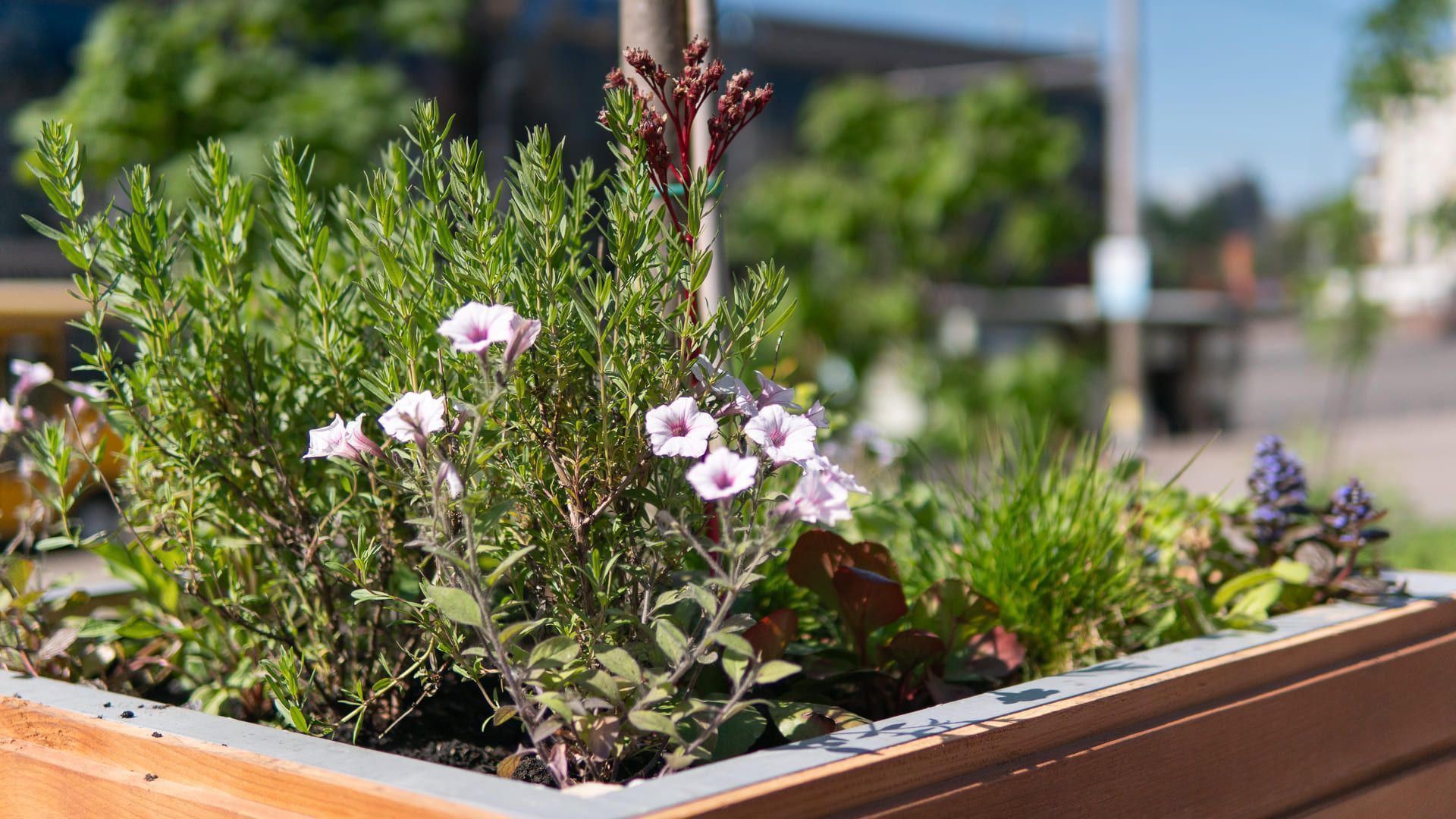
Photo: kyivcity.gov.ua
3. Less mowing, more ornamental meadows
For a long time, Kyiv residents have been calling for the abolition of regular grass mowing in residential areas. Although the petitions were not supported by the Kyiv City Council, public opinion gradually influenced the actions of city officials. A poll in the Kyiv Digital app showed that 66% of residents are against regular grass mowing.
Now the city has begun an experiment with ornamental meadows. These plantings require minimal maintenance – mowing only once a year – and at the same time support biodiversity, retain moisture in the soil, and reduce the temperature on the streets in the heat of the day.

Photo: facebook.com/oleksandr.voznyy.
In mid-July, Kyiv and Rivne decided to stop mowing in the adjacent territories, in most parks, squares, and other green areas.
In 2024, there were 39 areas in Kyiv without mowing and 17 with decorative meadows. In 2025, these areas are expected to increase tenfold. But the effect will be gradual: grasses will grow in 2-3 years, and trees in 5.
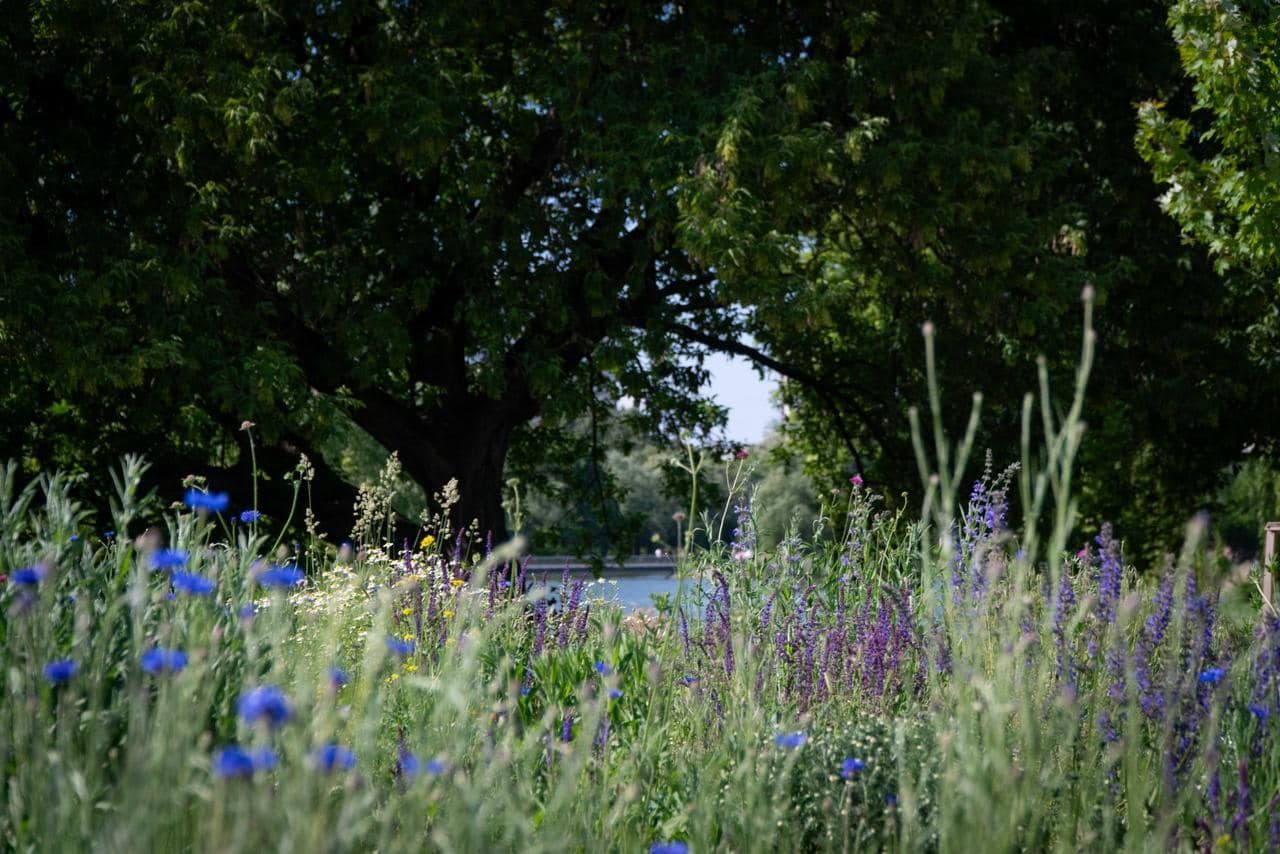
Photo: facebook.com/oleksandr.voznyy.
4. Hedgerows for quiet and clean air
Another way to adapt the city is to plant hedges along the roads. They reduce noise, filter the air, and serve as a barrier against dust and exhaust. Such green walls have already appeared near the City Theater, on the territory of the medical camp on Kharkivske Highway, near the Zhovten Cinema, and on Tarasivska Street.
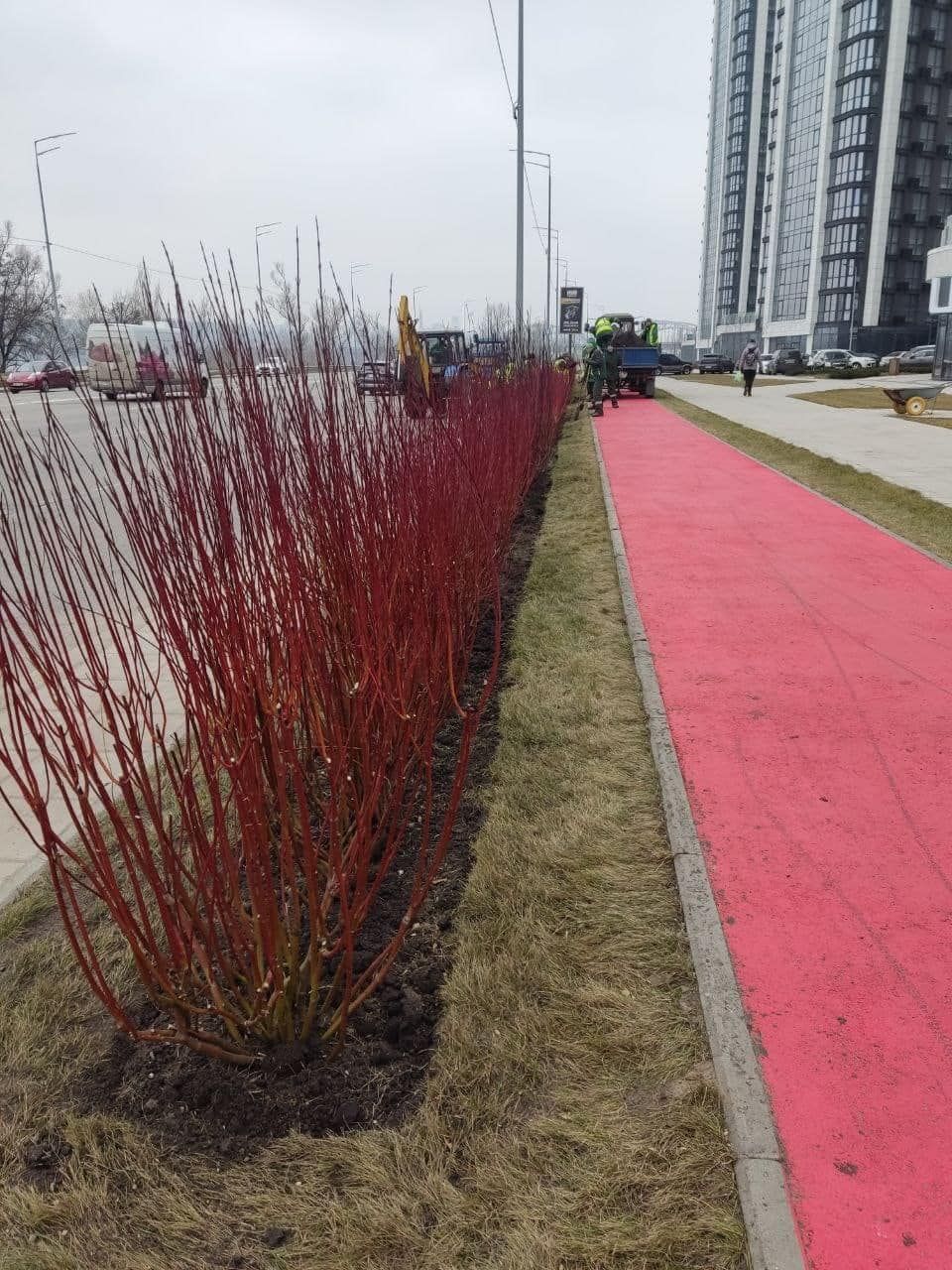
Photo: vechirniy.kyiv.ua.
This initiative involves both public utilities and activists and residents.
5. Greening of transport interchanges
In 2025, the city plans to green major transportation hubs. In particular, at the intersection of Naberezhno-Rybalska Street with Ivasiuk and Bandera Avenues, coniferous trees have already been planted to replace the dried-up lawn and provided with automatic watering.
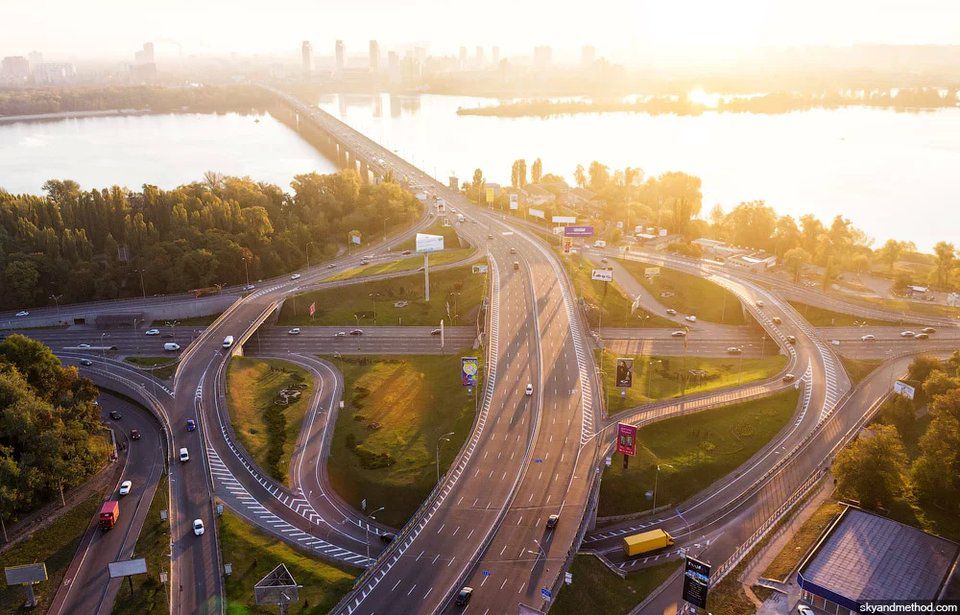
Photo: skyandmethod.com.
In addition, trees and shrubs adapted to heat and drought are appearing in the capital's parks and squares: maples, linden trees, plane trees, pines, spruces, lilacs, hydrangeas, robins, etc. This not only improves aesthetics but also creates a more climate-resilient environment.
Recently, EcoPolitics reported that activists protected the territory of the Osokorky Ecopark in Kyiv from construction in court.

